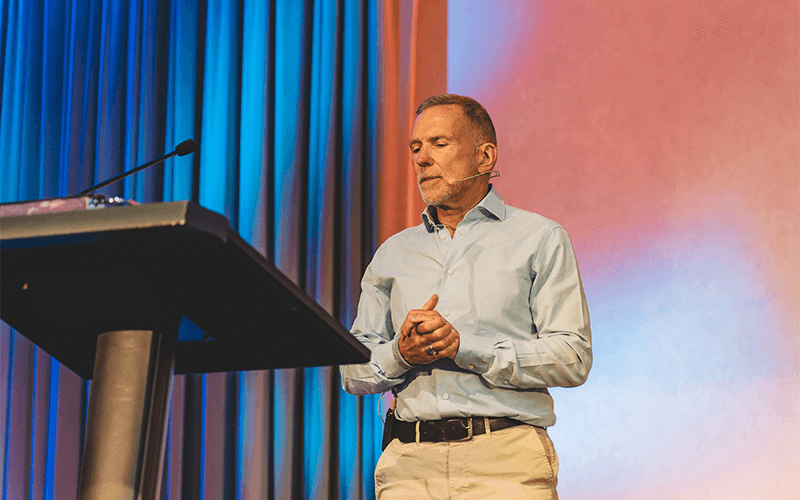In 2013, Andy Jansons lost his 18-year-old son Alexander to myocarditis. This is a rare heart disease with few warning signs. Alexander was a healthy, active teenager throughout his life, and was suddenly shocked.
Andy spoke about the key role of charity established in the name of Alexander, and the key role of the Alexander Jansons Rowing Cup to raise awareness and fund important research to prevent similar tragedy.
From sadness to action
“There were no warnings,” Jansons said. “I never even heard of myocarditis until it was too late.”
Motivated by grief and determination to prevent other families from experiencing similar losses, Jansons founded Charitable Myocarditis Britain in 2014, raising awareness and funding important research into the condition. A year later he launched the Jansons Rowing Cup, an event created to not only honor Alexander’s memory, but also unite the community on a common cause.
Since then, rowing cups have grown into one of the UK’s most distinctive corporate charity fundraisers. Every year it brings together real estate companies, legal teams and corporate sponsors to embrace the challenges of competitive challenges, cultivate friendships, raise important funds, and keep Alexander’s legacy alive through action.
Zero overhead, maximum impact
Sponsored by Jansons’ own business, Jansons Property, The Charity operates with zero overhead. The base is the company’s main office, allowing all pounds raised to go directly to research and support.
“We wanted to do something different than the usual ‘sponsor me’ approach,” Jansons said. “People want to be involved. The rowing cups are not only a team-based challenge, but also a networking event, which works.”
10 years of growth
This year’s rowing event, held at Eton Dorney Lake and just passed its 10th anniversary, is set to be the biggest ever, with 14 teams competing and overregistering spots. Key companies such as Volvo UK and Savills have been involved for many years.
The charity raised over £1.2 million, built a research cohort of over 300 patients, and partnered with the British Heart Foundation to better understand how the condition progresses and progresses. Myocarditis diagnosis also increased during the Covid-19 pandemic, especially in younger men.

Beyond the row: expanding missions
The rowing event is just a part of the charity’s work. He also established the soccer team as a community initiative to help young people deal with grief through sports.
Jansons recently spoke with over 500 industry experts at a real estate conference held in Lisbon, and the charity spoke with over 500 industry experts, the beneficiaries chosen by the event.
Currently, a partnership between Great Ormond Street Hospital and a large American myocarditis charity is being investigated to further expand the scope and impact of the organization.
It raises awareness where it is most important
Despite progress, Jansons makes it clear that there is still a long way to go to raise awareness within the medical community. He highlights the urgent need to better educate the GPS and A&E departments about myocarditis. “It’s still underreported and misdiagnosed,” he said. “Early intervention can mean the difference between life and death, so early detection needs to be improved.”
The charity currently aims to become the UK’s leading portal for education, support and research on myocarditis, providing reliable information for both public and health professionals.
As August 17 is officially recognized as an awareness day for myocarditis, Jansons says the focus is firmly on saving lives through awareness raising, early diagnosis and more informed treatment.
Looking ahead
With already exceeding its original goal of raising £1 million, Myocarditis UK is now setting up a £2 million sight. But for Andy Janson, the mission has not only been to hit fundraising milestones. It is to create lasting changes in the way myocarditis is understood, diagnosed and treated.
“This all started out as a personal tragedy,” he said. “Now, it’s about keeping other families off guard by something very serious and invisible. Recognition, education, and early detection can save lives. That’s what drives us every day.”
Please see here
Source link

